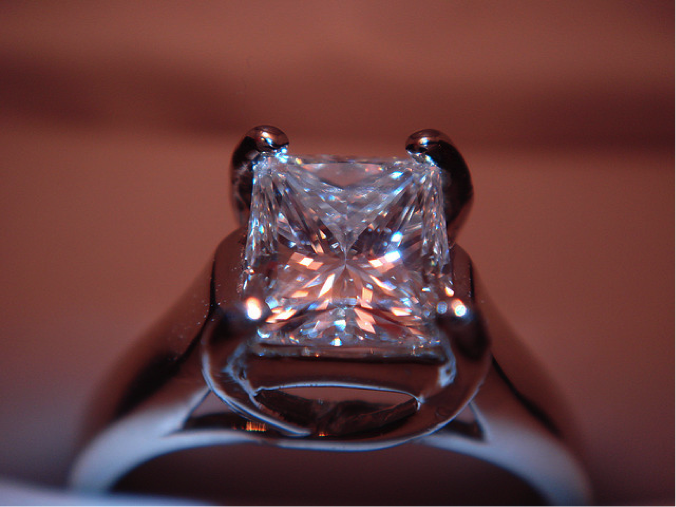Second-hand rings can make for wonderful gifts on a budget – and come with a story too. But they’re also going to go through wear and tear quicker than a brand new ring. Whether a chunk of the ring has broken away or is pinching your finger or breaking skin because of a crack, it’s never good when your ring starts to fall apart.
A Too-Thin Shank
Some rings tend to be a little too thin in the shank. The shank is the part that goes around your finger from the middle to the bottom.
The problem with a really thin and narrow shank is that is can break, crack or bend very easily and really quickly, compared to thicker shanks. The top part of the ring, known as the crown portion, that has the gemstones and main design needs the support of the ring’s shank.
A Quick Fix
If your rings start to fall apart, you can try a quick fix. For example, if a signet ring starts to get so thin as there aren’t any gemstone to fall out. You might prefer to just keep getting the ring reshaped. This will sort of fix the ring but you’ll notice it go out of shape pretty quickly again and it could crack at any time.
An Example
Take Mary. Mary had a channel set style ring which she had made especially for her antique diamonds. But she’d started losing a diamond per year over a period of a couple of years. Mary was particularly upset as this was a sentimental piece of jewellery, especially the diamonds and the new diamonds she had made were a more modern cut and made the older ones look a little dull.
Mary eventually took her ring to a reputable jeweller who immediately noticed the thin shank on the ring. The jewellery pointed out to Mary that the thin shank was allowing the upper part of the ring to bend which in turn meant the setting would open up bit by bit under stress. And that’s how the diamonds were dropping.
The result was that the jeweller offered a form of support for the channels in lines of a thicker and wider shank. So the ring was ultimately re-shanked.
What About Thicker Shanks?
Thicker shanks are better. They are much stronger and offer better support for the top part, or crown. Thicker shanks won’t bend like their thinner counter parts and will hold the shape of the ring.
Re-Shanking a Cracked or Thin Shank
Re-shanking is a fairly simple process. The thin shank will be cut away with a saw and the wider, thicker section will be custom made and then soldered into place on the ring.
Have Your Ring Re-Shanked Before it Breaks
A thin shaken is going to weaken your ring and open the way for weakness and cracking. Don’t wait until gemstones fall out or your ring starts bending. Rather take a good look at your second-hand rings; consider your lifestyle and consider if you may need a thicker shank.
If you decide your ring shank is too thin, opt to have it fixed before it starts wearing out. You don’t want to get trapped in your out-of-shape, bent ring or even have your skin pinched by it.
Bring a New Life to Your Old Ring with Re-Shanking
You can save your bent, cracked or broken ring thanks to re-shanking. Take a look in your jewellery box or consider re-shanking next time you buy a second-hand rig.
For future brides, especially Australian brides, an old ring is will give it a vintage feel or better yet, go for diamond engagement rings for sale in Brisbane or any major Australian city.
